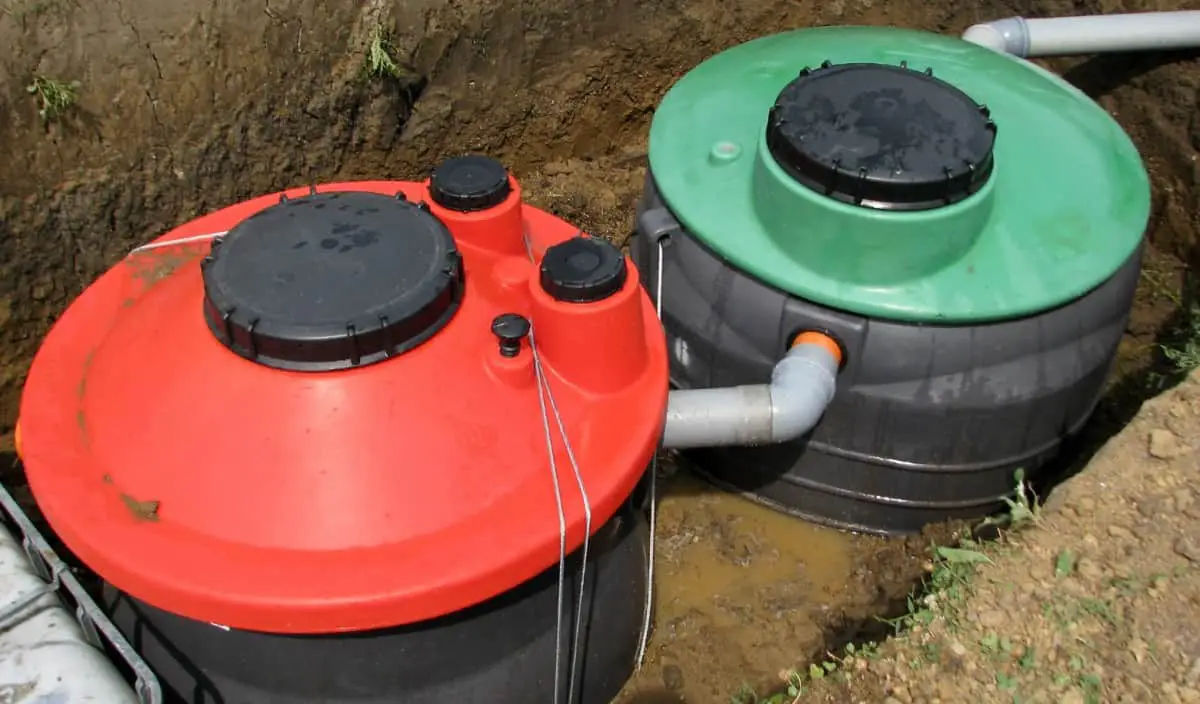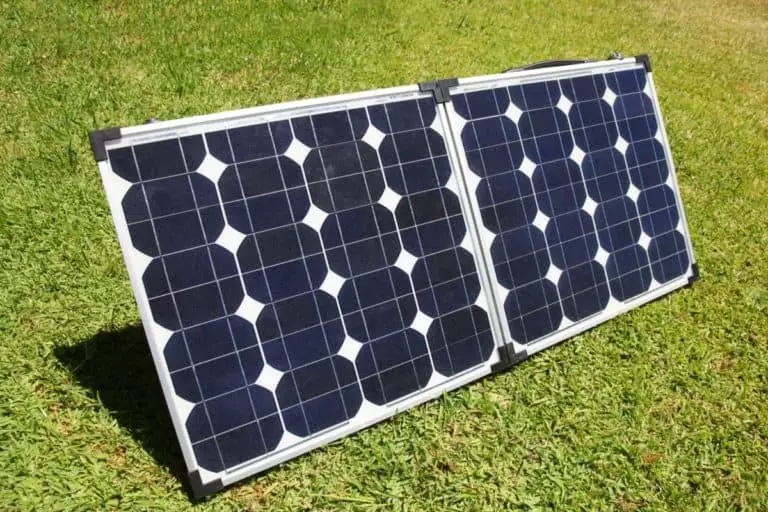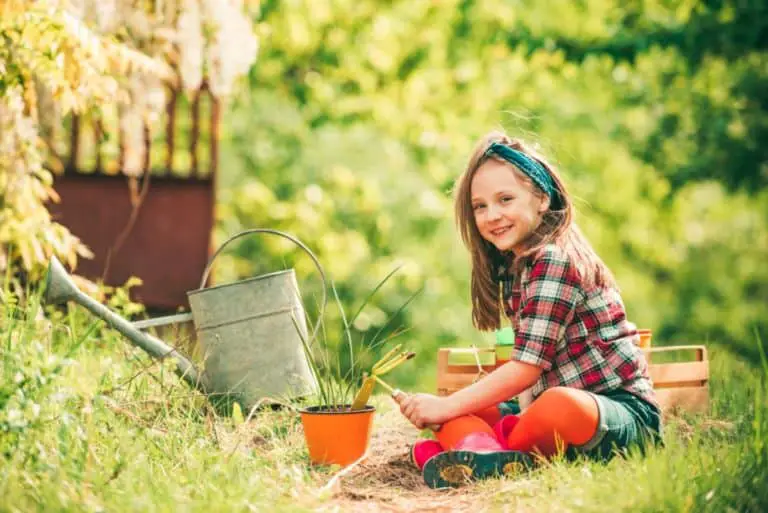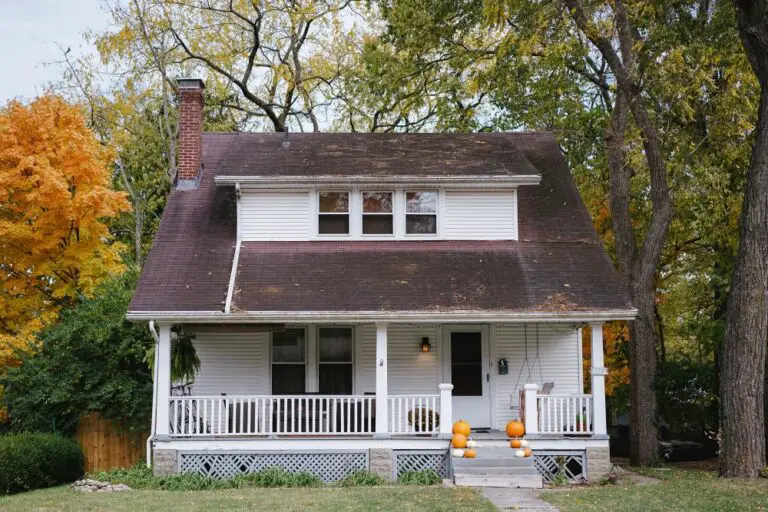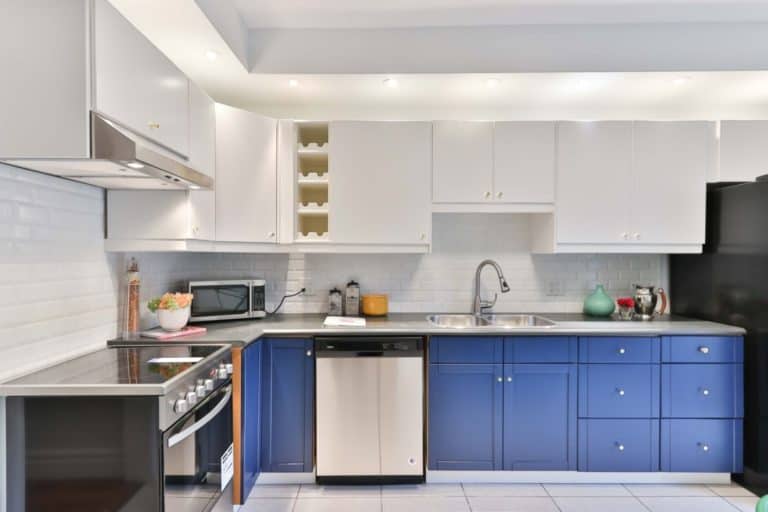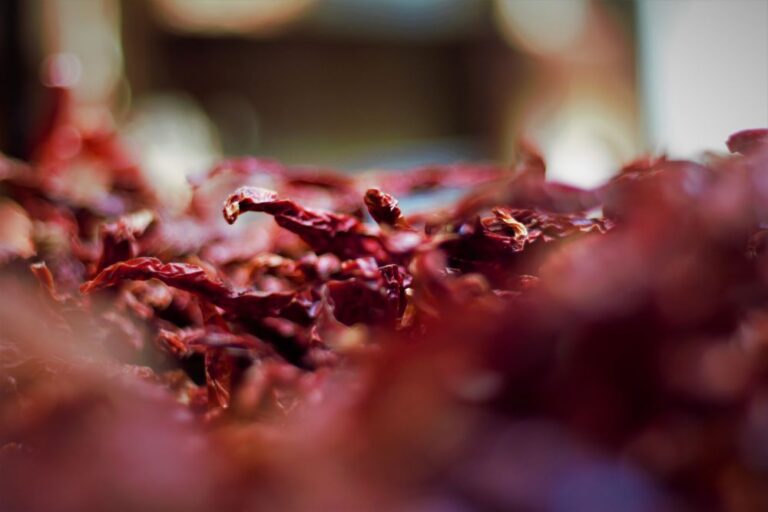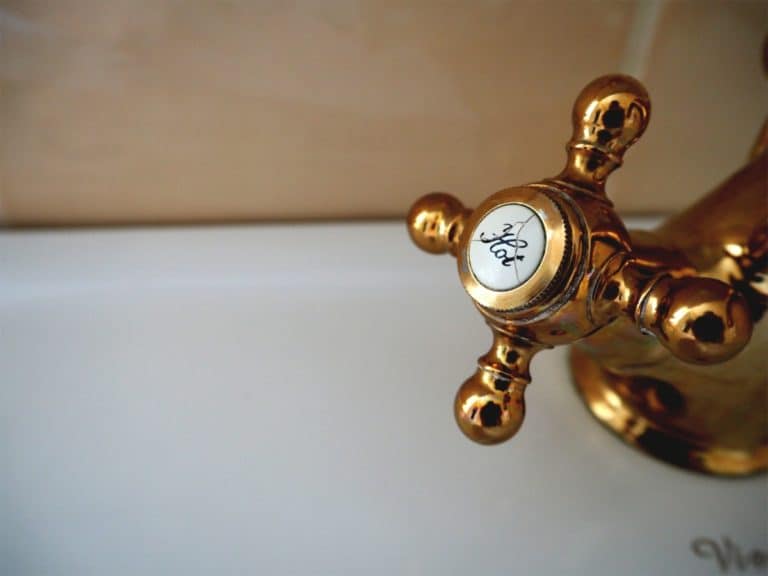The Complete Guide to Off-Grid Wastewater Management
If you don’t have access to mains sewerage or want to make your home completely independent, you will need to find an effective way of disposing of your waste.
Household wastewater fits into two categories:
- Greywater – from washing machines, sinks, tubs, and showers. It needs minimal treatment before it can be leached into the soil or used to water plants.
- Blackwater – from toilets. This needs to be carefully disposed of or treated.
Off-grid blackwater systems include compost toilets, septic tanks, and aerobic systems.
To find out which system suits you best, it’s necessary to understand how they work and how to make them successful. Whether you’re planning on installing your own waste solution or employing a professional, this guide has everything you need to know.
Related reading: How to get an off-grid water supply without a well.
Table of Contents
What is an off-grid wastewater system?
City sewerage systems use a series of pipes to collect all of your wastewater. Gravity is used to transport it to a treatment plant where several stages of filtration and disinfecting make it safe to be introduced back into the environment.
An off-grid system does the same thing using safe, natural methods without having to remove the waste from your property. While sewerage collects all of your wastewater, off-grid systems often separate it into two types. They are called greywater and blackwater; greywater comes from sinks, washing machines, and showers, and blackwater comes from toilets.
Click here to read my recommendations for water supply and plumbing equipment.
Why do some off-grid systems separate grey and black water?
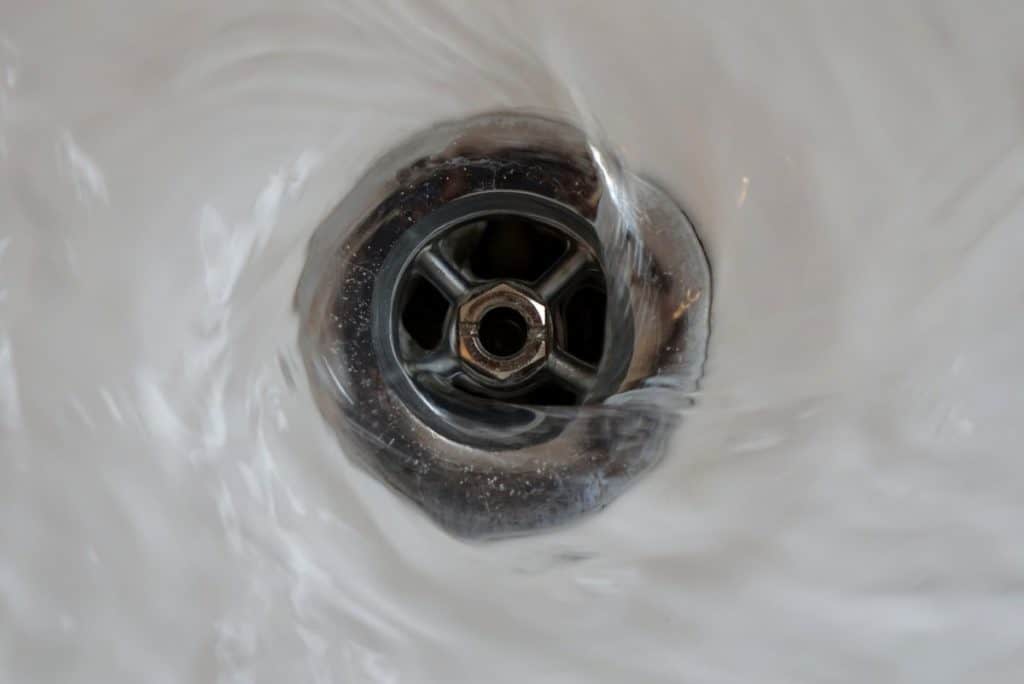
Separating these two forms of wastewater allows your off-grid home to be more efficient in two ways:
- If greywater is separated, then there is less overall volume to go through more intense treatment. If systems like composting and septic tanks only have to deal with human waste, they won’t get overloaded and will work more effectively.
- Because greywater only contains small amounts of waste like dirt, human skin cells, food waste, and cleaning products, with minimal treatment, it can be recycled and used in your garden.
Zoning restrictions and septic permits
Before you progress in the planning of your off-grid wastewater system, it is critical to find out what restrictions are in place in your area. Different areas have different requirements for your wastewater. In some places, you’re free to do whatever suits you, but in others, you may find strict legal code.
If your county classes wastewater as within the jurisdiction of the health department, it’s likely you will be required to install a septic tank. If this is the case, your septic construction may need to be thoroughly inspected before it is completed.
When you are aware of the rules, you may be able to find a way around them or mount a legal challenge. Whatever the situation, you should know it in detail before you begin any work on any wastewater system.
Related reading: Is it legal to disconnect your home from the electricity grid?
Small changes to make wastewater management simpler
When you make the decision to live off-grid or to install an off-grid wastewater system, there are some simple changes you can make to make the process simpler. Be conscious of what you pour into your sinks and drains. Some of the detergents, cosmetics, and chemicals that we use daily can affect how we need to treat the waste.
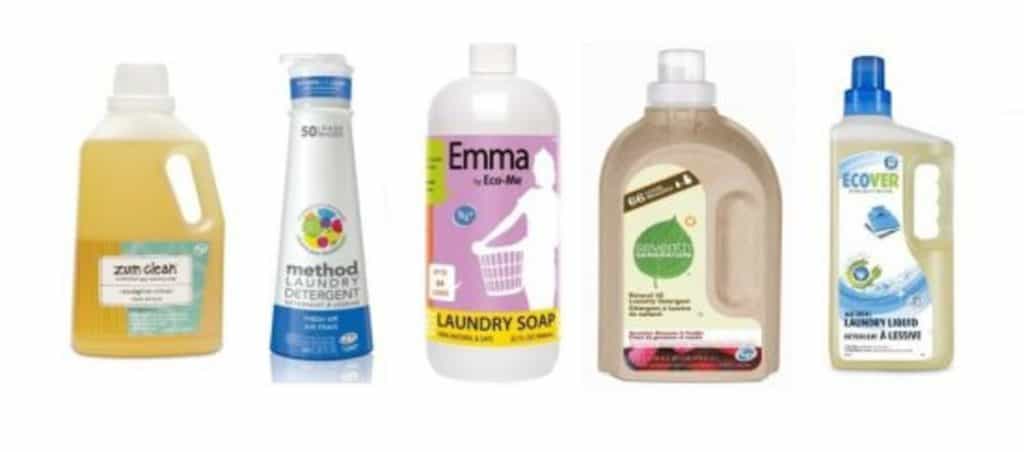
Many new products contain substances like salt, bleach, and boron. If these were to be poured onto the soil, they could prevent some plants from growing effectively. By switching to natural detergents, greywater can be recycled without harming plants and microorganisms.
Mrs Meyer’s laundry detergent available at Walmart is super-effective, biodegradable and made from plant-derived cleaning substances. I also love these eco-friendly detergent pods from GrabGreen also at Walmart.
Greywater systems
If you were to use natural, non-toxic products in your home, greywater could be used directly in your garden. However, because it can contain things like skin cells, fat, and food waste, it is better to treat it first.
Some county restrictions prevent greywater from being treated separately and insist that it should go through a septic system.
Greywater can be collected by diverting the pipes from your sinks, washing machines, tubs, and showers into one single pipe. From there, you have several treatment options:
Greywater leaching
Greywater could simply be directed through perforated pipes under the soil in your garden. From there, it can leach out into soil and gravel. This may sound similar to just putting it on your garden but, because it isn’t applied directly to plants, it has a chance to be filtered and broken down in the soil first.
Natural greywater treatment
It is possible to use plants and animals to filter and clean your greywater before introducing it to your garden. This video shows an inventive system for treating greywater:
Greywater filtration units
Professional greywater systems can be used to pass the water through multistage filtration mechanisms. They then move the resulting liquid into irrigation systems that automatically water your garden:
Flushing toilets with greywater
Recent innovations have been developed to allow greywater to be reused to flush toilets. One way this can be done is with this incredible sink that attaches to a standard cistern.
A similar product called ‘sink twice’ is available from Home Depot. Has a faucet and a small sink that sits on your toilet tank.
Blackwater systems
Blackwater waste requires more thorough treatment than greywater because it can contain harmful bacteria. It can also create unpleasant smells, which can cause people to be reluctant to use systems where the waste remains close to home.
Whatever off-grid blackwater system you choose, it will require some degree of maintenance and upkeep to keep it running smoothly. There are several solutions to dealing with blackwater waste, but there are three that are far more common than any others:
Composting toilets
A composting toilet is a straightforward system that collects human waste and mixes it with a natural substance like wood shavings, pine needles, or coffee grounds. It stays in a bucket or container where it breaks down into compost.
It can then be added to a composter where it remains until completely broken down. Once it has spent long enough or been exposed to enough heat in the composter, it is entirely safe to use in your garden.
DIY composting toilet
The beauty of a composting toilet is its simplicity. In its most basic form, it can be nothing more than a toilet seat, a bucket and a pile of wood shavings. They are easy to make and require very little upkeep.
One major drawback is that they can be very smelly. Consequently, you can design them with doors or cupboards around the bucket to contain the smell and ensure that the bucket is changed regularly.
One feature common in some composting toilet designs is a urine diverter. This is a funnel that sits inside the toilet bowl at the front, allowing urine and feces to be separated. Urine can either be treated separately or used directly in your garden as a source of nitrogen. When feces are kept separate from urine, they dry out and compost quicker.
How to make a composting toilet
This video shows how to make a simple and effective composting toilet:
The pros and cons of a DIY composting toilet
Pros
- Simple to make
- Can be made cheaply
- Doesn’t require any plumbing or septic tanks
- Provides extra nutrients for your soil
- No water is needed for a flush
Cons
- Can have a strong unpleasant smell
- It takes high temperatures or up to two years to entirely kill all the pathogens in the compost
Nature’s Head toilet
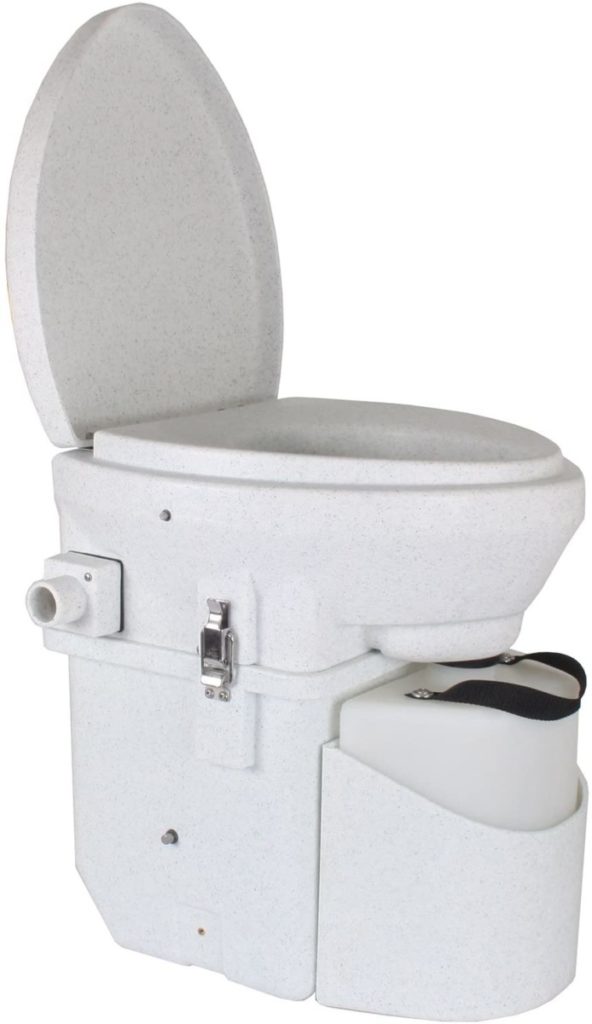
A Nature’s Head toilet is the most common brand of ready-made composting toilet. It was initially designed to be used in boats but is now used everywhere, from homes to RVs and tents.
It comes as a self-contained unit and looks similar to what you would expect from a toilet. It is equipped with compartments for urine and feces which are sealed in and use fans to reduce unwanted smells. No water is used in it, and the feces bucket should be preloaded with compost to help break down any solids.
These are highly regarded toilets and, while they are significantly more expensive than those you can build yourself, they are often considered to be the best option.
Check the latest price of the Nature’s Head toilet on eBay.
Pros and cons
Pros
- No plumbing required
- No water
- Contained units and fans work to reduce the smell
- Simple to install
Cons
- More expensive than a DIY system
How to use a composting toilet
If your toilet is fitted with a urine diverter, it is best used sitting down. If men urinate from a standing position, the solid composting bucket will likely get damp and smell worse.
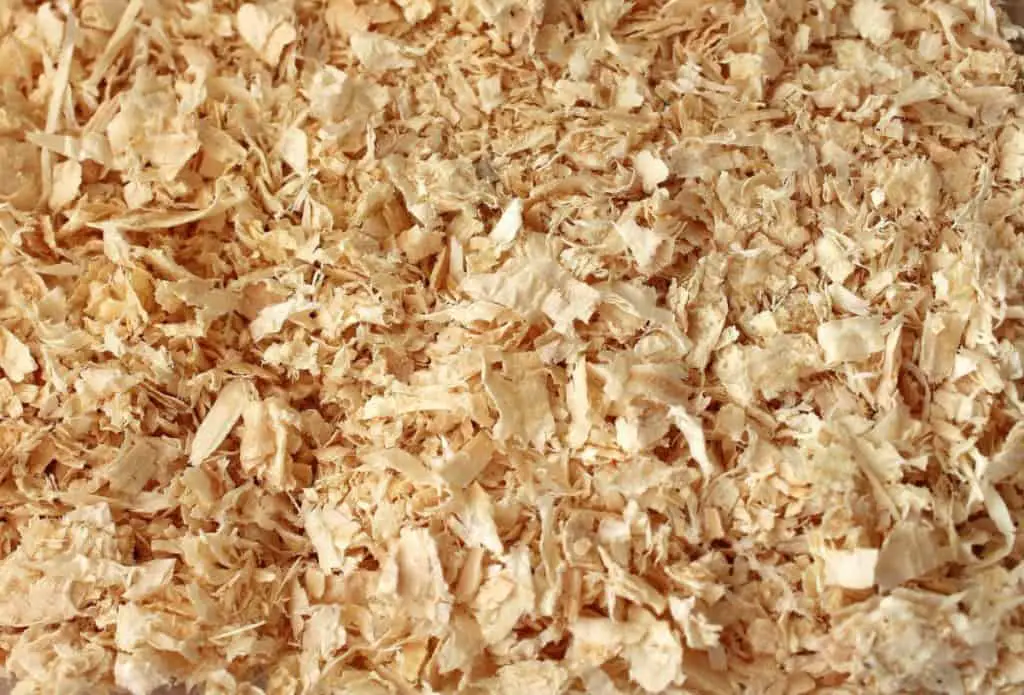
In a DIY composting toilet, you should have a small box or bucket of wood shavings or similar absorbent natural items handy. Once you’ve used the toilet, scoop some of the wood shavings into the bucket to cover the solid feces.
In commercial composting toilets, there may be a trap door to the composting container that must be open when you make a bowel movement. Toilet paper can be used as usual, and then the trapdoor should be closed. Most toilet units like this already contain some compost material in the solid container, so no extra material needs to be added after use. There may be a handle that can be turned to rotate the composting chamber and mix the fresh feces with the existing compost.
Both DIY toilets and units like the Nature’s Head toilet should be emptied regularly. If there is a separate urine chamber, it will need to be emptied every 2 or 3 days. If you’re using a bucket or similar with no sealed lid, you may also want to empty it between 2 days to 1 week. With a Nature’s Head toilet, it should be emptied every 60 to 80 uses, which should be about 3 to 4 weeks.
Once the toilet has been emptied, its content must be allowed to continue composting for the process to produce a product safe for use in your garden.
This video shows a simple composting system used to raise the temperature of the waste to break it down further and make it safe:
Septic systems
A septic system uses a tank and a series of perforated pipes to treat blackwater waste and release it into the ground to be further broken down. Septic tanks are usually submerged underground and consist of two sections. These systems do not need oxygen to work, and bacteria do most of the breakdown of material and any harmful content.
How does a septic system work?
- The blackwater waste is piped from your house, underground to the septic tank.
- When the waste enters, any oils and fats rise to the top, and solids sink to the bottom.
- The remaining wastewater can then flow into the second section, where it separates further.
- This then flows into a series of pipes running horizontally under the surface of your garden or field.
- This area is known as the leach field because the water leaches out from the pipes into the soil. Here it is filtered further and broken down more by bacteria and microorganisms.
This video shows you the process in more detail:
How often should septic tanks be pumped out?
While the water is leached out into the surrounding soil, the fats and solids accumulate in the tank. This means that septic systems should be pumped out regularly. With most systems, this should happen between every 3 to 5 years.
How much space is needed to install a septic system?
With a septic system, not only do you need to install a large tank into the ground, but you also need several meters of pipes laid down to let the treated waste return to the soil.
A family home for 3 or 4 people will usually need a septic tank with a capacity of about 1,000 gallons. Depending on its construction, it could measure between 90 to 120 inches long and 60 to 80 inches wide.
An average leach field will need about 4,500 square feet to lay down enough pipe; this could be an area of 100 feet long and 45 feet wide.
Can I install a septic system myself?
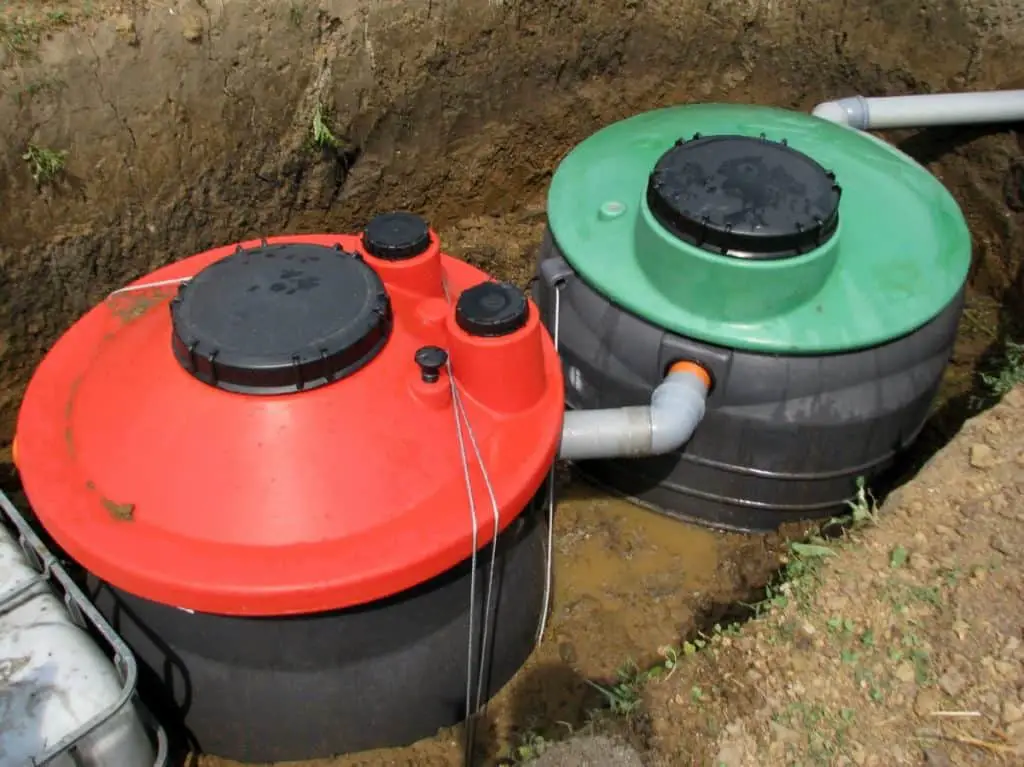
Yes, you could install a septic system yourself, but in this case, it is often not the best option. If local zoning restrictions are requiring you to use a septic tank, it will likely be inspected. Before you embark on this project, you should check to see if self-installed septic tanks can be approved or if specialist installers are needed.
Even if there isn’t a requirement for your septic system to be installed professionally, it is still a good option. Unless you are experienced in installing similar systems, a professional outfit will likely be able to complete the job faster and to a higher standard. They will also be aware of any code requirements in your area.
Likely, a professionally installed system may last longer. Spending a bit more upfront may save you thousands in the long run.
However, if you do decide to have a go yourself, Home Depot stock a rigid, 500 gallon, single compartment septic tank from Norwesco for less than $600.
DIY septic systems
However, if you do want to install your own system, there are ways to do it effectively at a fraction of the price of a professional install:
The pros and cons of a septic system
Pros
- A large capacity system which only needs maintenance every 3 or 4 years
- No smell around the toilets
- They can be built to comply with building restrictions
- Very little additional plumbing required in your house
Cons
- You need a large amount of space to install the tank and leach field
- Can be expensive
Aerobic system
An aerobic system is similar to a septic system but includes several extra steps. Instead of one tank with two compartments, this system needs 6 or 7 containers or sections. The first two or three use the same anaerobic process found in a septic tank, but in the last sections, oxygen is pumped in.
This extra oxygen aids the bacteria in breaking down any remaining waste. The resulting water is significantly cleaner than that produced by a septic tank and is similarly released into the soil.
These systems are thought to be more productive and provide a complete process. However, they require more parts and are more complicated and expensive to buy and install. Every element must work for the process to continue, so they need more maintenance and attention than septic tanks.
Can you make an aerated system yourself?
As with septic tanks, it is preferable to have an aerated system professionally installed, but some people have made incredibly effective systems of their own:
Pros and cons of an aerated system
Pros
- The water released into the soil is cleaner
- The process is more effective
Cons
- It needs more tanks and more space
- It can be more expensive
- It needs more regular maintenance
What other off-grid wastewater systems are there?
If you’re not keen on the ideas of a compost toilet, a septic tank, or an aerated system, there are still a few more to choose from. These are less popular ideas and are more likely to have you breaching local guidelines, however, if you live in a remote area with little zoning issues you may like to give one of these a try:
1. Pit latrine
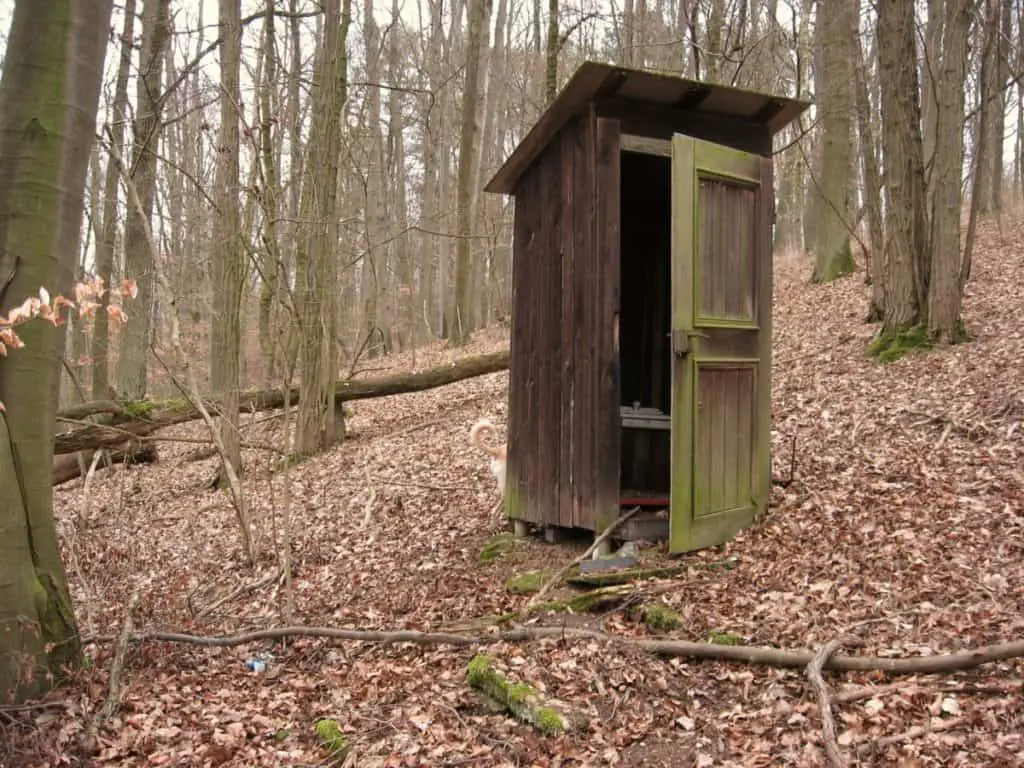
This is a simple pit dug to be 3 meters deep and 1 meter wide. A slab of concrete or similar is placed over the top with a hole in it. Usually, this is then covered by a shelter with a seat in it, allowing you to perch or sit over the hole.
Urine and feces go into the hole, and there is no need for a flush. When the hole is filled to with half a meter of the top, it should be filled in, and a new hole dug.
They are often placed a reasonable distance from the house because they produce a large amount of smell. Usually, the shelter over the top is used to keep the pit in darkness to stop flies gathering around it.
2. Cesspit
A cesspit is a sizeable underground container that can be completely sealed. It is used to collect waste, but there is no treatment or leaching. When it is nearly full, it must be pumped out, and the waste is taken by truck to a treatment plant.
Occasionally cesspits were built as soak pits, which were a perforated pit that allowed the waste to leach out into the surrounding area slowly.
Cesspits were more popular a few decades ago for properties without city sewerage. However, now they are considered to be out of date and should be replaced with a septic system.
3. Anaerobic lagoon

With an anaerobic lagoon, the waste is pumped into a large concrete basin like a pool. It is allowed to settle, and it separates into two layers. In these layers, anaerobic respiration occurs as bacteria break it down. They are usually surrounded by grasses, which helps to treat any water that leaks out.
Sometimes the waste has to pass through a septic tank first. In some areas, such as Missouri, the combination of septic tank and lagoon is the preferred option for off-grid waste systems. It’s not hard to see why this isn’t a globally popular method as it leaves the waste open to the air, producing smells and attracting flies.
Conclusion
The choice of wastewater system starts with finding out the restrictions and laws in your local area. Then you can make an informed plan about how to proceed.
Natural greywater irrigation systems, composting toilets, and septic tanks are the cleanest, most effective options. Whatever you choose, it is a good idea to speak to a professional to plan the installation.
Check out my recommendations for equipment that will help you take your home off-grid.
My Off-Grid Product Recommendations
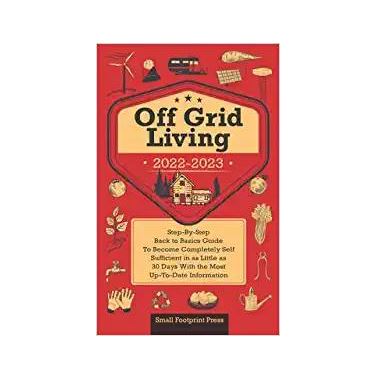
Useful Book: Off Grid Living 2022-2021 – This incredible step by step guide is a great read and gives you useful information about reaching self-sufficiency in just 30 days. Get the paperback on Amazon or read it free with a Kindle Unlimited subscription or listen to the audio version with Audible Plus membership.
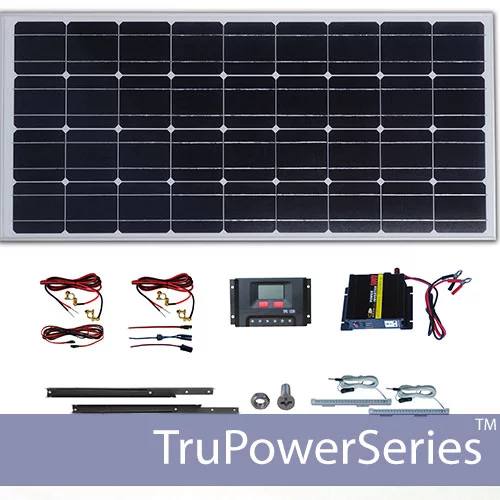
Small Solar Panel Systems: Silicon Solar – This is an excellent company that offers lots of products to get you started on your solar journey. Visit Silicon Solar.
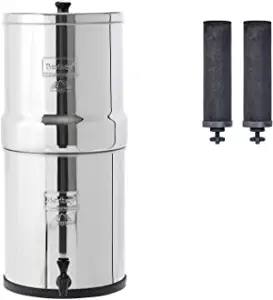
Family Water Filter: Big Berkey – For a fast, affordable water filter with no plumbing required, you can’t beat a Big Berkey gravity-fed filter like this one from Amazon.
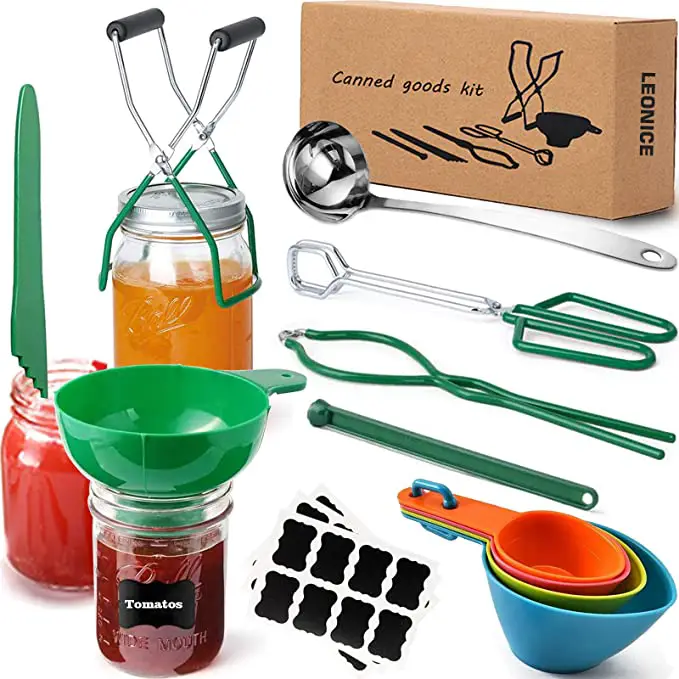
Canning Equipment – This canning starter kit, 22-quart Barton pressure canner and twelve-pack of Ball 16oz mason jars will help you preserve food as you work towards self-sufficiency.
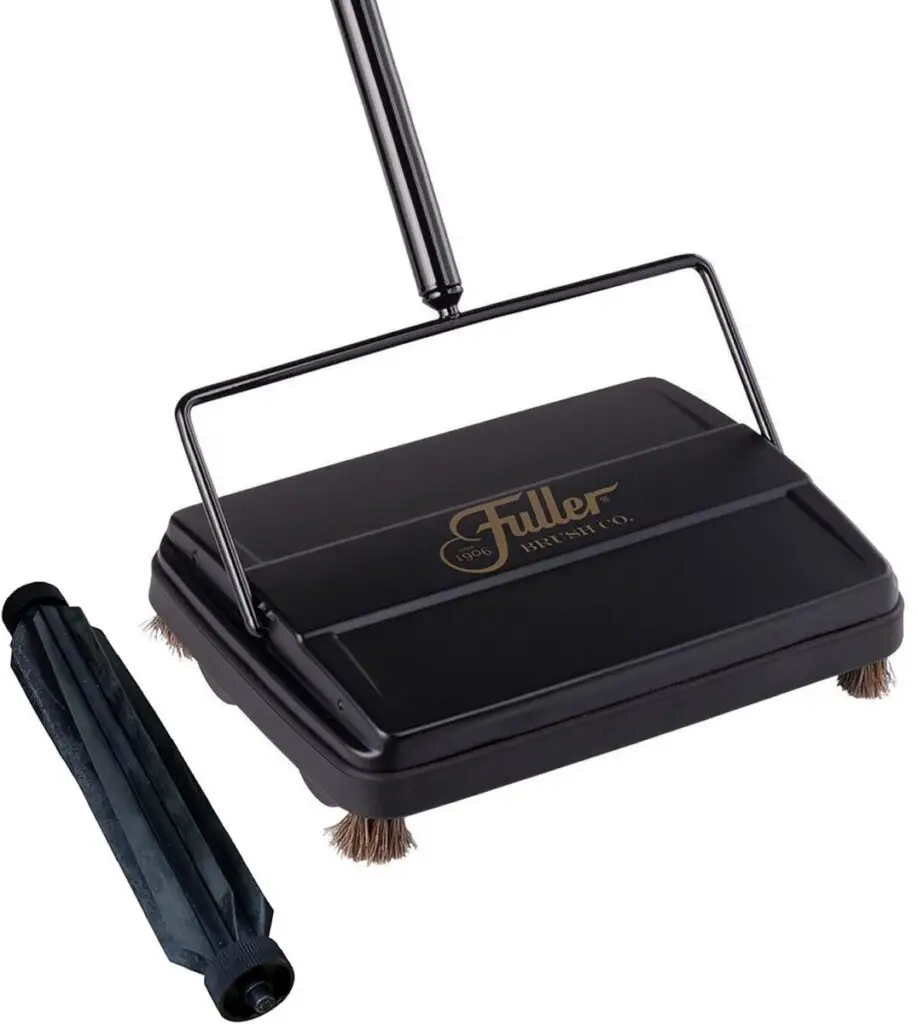
Cleaning: Fuller Carpet Sweeper –. This carpet sweeper is an ideal way to keep your home clean without using up your energy stores on vacuuming.

Handy Knife: Gerber Serrated Paraframe – This handy all-purpose knife is lightweight and ideal for all those little jobs around your home and garden.
